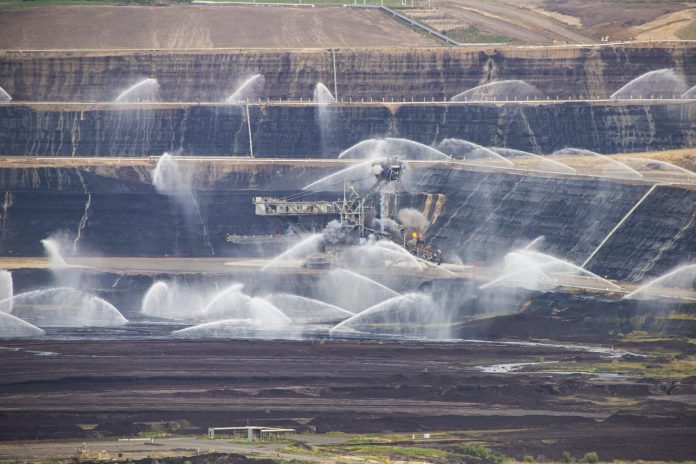PHILIP HOPKINS
By PHILIP HOPKINS
THE federal government is investigating the Hazelwood Mine Rehabilitation Project to assess its environmental impact on the Latrobe Valley and Gippsland waterways.
A spokesperson for the Department of Climate Change, Energy, the Environment and Water told The Express that the department was currently assessing the Hazelwood project.
“It is looking at the project’s potential impacts on nationally protected matters, including water resources, Ramsar wetlands, migratory species, as well as threatened species and communities,” she said.
“The water trigger has been applied because of potential significant impacts to Morwell River and downstream impacts on the Gippsland Lakes Ramsar Wetlands.”
The Minister’s office referred the project to the department for investigation on February 20. The project will be assessed under the bilateral agreement with Victoria, and require approval under the EPBC Act (Environmental Protection and Biodiversity Conservation) before it can go ahead.
Environment Victoria said the government’s move meant Engie’s plan would be thoroughly scrutinised, including the impacts of a huge volume of water, and risk of groundwater and downstream contamination. The news confirmed that the EPBC Act now applied to mines being rehabilitated as ‘pit lakes’, EV said.
Friends of Latrobe Water spokesperson, Hayley Sestokas, said the group was cautiously optimistic that the federal government was requiring more scrutiny of the project.
“This decision sets an important precedent for rehabilitating the other coal mines in the Latrobe Valley,” said Ms Sestokas, whose group has accused the Hazelwood project of potentially causing massive environmental damage.
The Hazelwood project involves filling the mine with water to create a lake of more than 45 metres in height with no need for ongoing groundwater pumping.
A concept master plan for the rehabilitated site includes a vision to transform it into land suitable for a mix of tourism, agriculture, industry, passive recreation and conservation of ecosystems.
The Hazelwood Power Station, fuelled by the Latrobe Valley’s brown coal, was closed in March 2017 and demolished by the mine owner Engie.
Engie’s aims to rehabilitate the 4000-hectare site.
This includes the 1281ha mine void between 70 and 130 metres deep, the 550ha Hazelwood Cooling Pond (HCP) and other land within the mining licence boundary.
“The disturbance footprint includes the mine void.
“HCP and areas where further earthworks are proposed, covering (about) 2230ha,” says a departmental summary.
“The existing conservation areas would be retained on the site (retention area of 37ha).”
It is estimated that it would take 10 to 20 years to fill the mine with water.
About 17-19 gigalitres (GL) of groundwater would be extracted under the mine’s existing groundwater licence, which allows extraction of about 22GL per year from the M1 and M2 aquifers. A gigalitre is 1 billion litres.
“Bulk surface water has been commercially secured and is anticipated to be available up to a maximum of around 24.5GL per annum; however, the agreement provides no guarantees in relation to supply,” the department summary says.
However, much lower amounts are expected, with 8GL proposed as an estimated minimum, and this amount is not contractually guaranteed.
The Hazelwood Pondage has a capacity of about 20GL, and would remain a water supply for fire prevention and mitigation while the lake is being filled.
When the mine is deep enough, the mine fire service system (MFSS) would be re-engineered to be supplied by the mine lake and a Gippsland Water supply connection.
The HCP water and adjacent pumphouses would be decommissioned; the mine lake would supply water to the MFSS and support dust suppression and fire prevention until the lake covers coal batters and rehabilitation works are complete.
The land underlying the Hazelwood Pondage would be rehabilitated to reinstate the former alignment of Eel Hole Creek.
The existing culvert at Yinnar Road would be upgraded to be immune from floods and re-establish a passage for fish.
If feasible, the Hazelwood Pondage water may be diverted into the mine lake.
The currently diverted Morwell River may be rediverted to its original pathway through the site.











